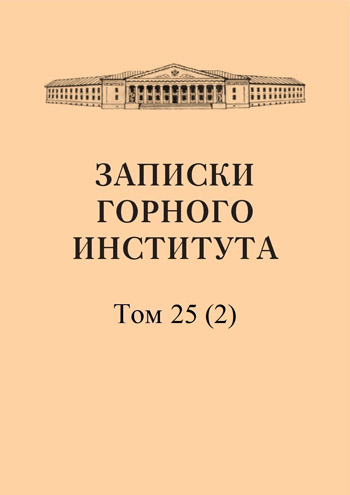Some data clarifying the coefficient of variation
Abstract
The article sets the task of specifying the variation coefficient reflecting the distribution of a useful component in an ore deposit. The variation coefficient is a value characterizing the dispersion of the distribution of the material composition in the ore body of a particular deposit. As is known, attempts to use the variation coefficient to solve applied problems (for example, choosing the distances between samples and workings during sampling and exploration of deposits) were not very successful. The density of various workings and samples in this case significantly exceeded the accepted and justified practice. The unsuccessful use of the variation coefficient in solving the above problems is partly explained by the presence of a pattern in the spatial distribution of the material composition in the ore bodies of deposits, which is in conflict with the basic provisions of variation statistics. In addition, the determination of the value of the variation coefficient itself is inaccurate for two reasons: 1) incorrect use of factual material reflecting the nature of the mineral; 2) the influence of sampling error on the value of the coefficient of variation.
